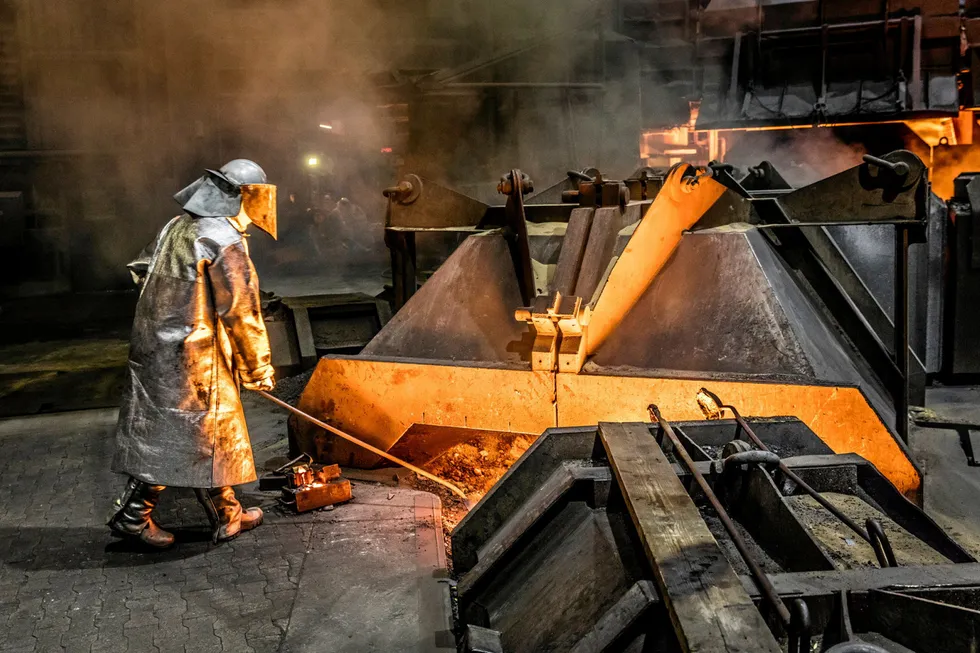German steel sector still hesitant to invest in green hydrogen-based steelmaking despite billion-euro subsidies
High cost of H2 and electricity means a premium on green steel beyond what customers are willing to pay

Germany’s steel sector may be set for billions of euros in subsidies to switch from blast furnaces to greener options, but the extra costs of hydrogen and electricity will lead to a premium that customers have little incentive to pay.
Stay ahead on hydrogen with our free newsletter
He added that customers may find it difficult to swallow the higher costs of green steel.
“Goods such as cranes become more expensive due to the green steel produced and [they] still have to assert themselves in international competition.”
However, the German federal government has already committed €1bn ($1.07bn) of funding toward Salzgitter’s €2.4bn cost of building out green steelmaking systems, as well as €2.6bn to Stahl-Holding-Saar (SHS) to convert its existing steelworks in Saarland and €1.3bn to ArcelorMittal for a plant in Bremen.
ArcelorMittal is also on course to receive €250m from Bremen’s regional government for the conversion, which is estimated to cost €2.5bn in total.
But a senior state politician argues that ArcelorMittal would not pull out of the project after spending so much cash on pre-development.
However, the Luxembourg-based steel company has already reportedly postponed its final investment decision on the plant.
Meanwhile, Bross pointed out that that Salzgitter would somehow have to convert its three blast furnaces without impacting production.
“We have to continue producing steel; we can’t afford to stop production,” he said.
“But who isn’t a big customer of ours?” mused Weber. “Deutsche Bahn [ie, Germany’s national rail operator].”
(Copyright)